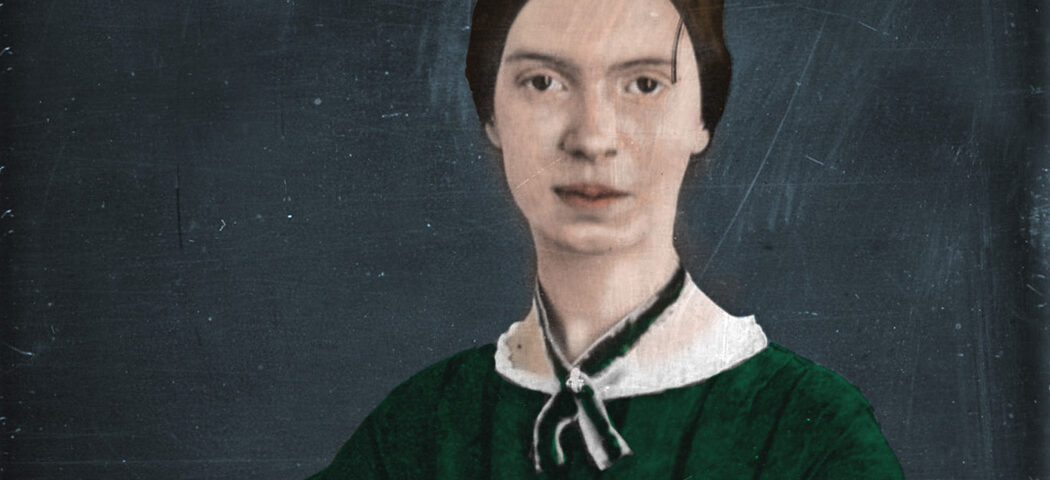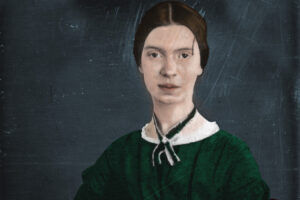The BEST: “Tell All the Truth But Tell It Slant”

Summary: Emily Dickinson (1830 – 1886) lived most of her life in an eccentric’s isolation. Her poetry, much of which was discovered only after her death, finds imaginative energy in the mundane and private internal world. Village life (and death) can reveal the cosmos and beyond. That someone anonymous to society could hold such depth correlates with the Talmud’s dictum on the value within each human life, “one who saves one life saves the world entire” (Sanhedrin 37a). To read Dickinson is to realize that a Dickinson might be hidden within the soul of not just an eccentric but also in a friend or stranger.
Dickinson’s short poem “Tell All the Truth But Tell it Slant” is short enough that it does not require a summary.
Tell all the truth but tell it slant —
Success in Circuit lies
Too bright for our infirm Delight
The Truth’s superb surprise
As Lightning to the Children eased
With explanation kind
The Truth must dazzle gradually
Or every man be blind —
This poem’s subject is poetry itself or perhaps art more generally. For Emily Dickinson, in her terse paradoxical style, art tells “all the truth” – but does so in a way that can be understood. A certain degree of falsehood – slant – must be included in effective truthful communication. Her excuse for such “artful” retelling is that the truth is too bright. It must be gradually shared in ways that do not overwhelm. As ironically, this “kind” summary itself does.
Why this is “The BEST”: Biblical and rabbinic writings contain the “truth” of which Dickinson writes. The Jewish people approach Moshe at Har Sinai, asking for distance from the Divine voice and its deadly power (Exodus 20:16). The Talmud (Berakhot 31b) and commentators (Ibn Ezra, Gen. 1:26) often use the phrase “the Torah speaks in the language of man” to explicate terminology that seems superfluous or theologically problematic.
Yet, Dickinson presents this idea with her own slant, giving it new meaning. The poet’s falsehood is more truthful than incomprehensible lightning. While a translator’s imprecision is often bemoaned, Dickinson revels in and promotes artistic corruption.
The work of Moshe and his rabbinic inheritors glories in translating the Divine truth into the language of every new generation. The artist does something similar for an audience of her own. Yet, it is not simply a means of communicating truth that Dickinson attempts. Dickinson’s work is celebrated for its yearning elusiveness. Her poetry reaches for something above the reductive surface meaning of things. The slant is the means by which the artist might point to a non-material “higher” truth.
Chaim Strauchler is an associate editor of TRADITION and rabbi of Cong. Rinat Yisrael in Teaneck. Click here to read about “The BEST” and to see the index of all columns in this series.


1 Comment
enjoyed this…thank you.